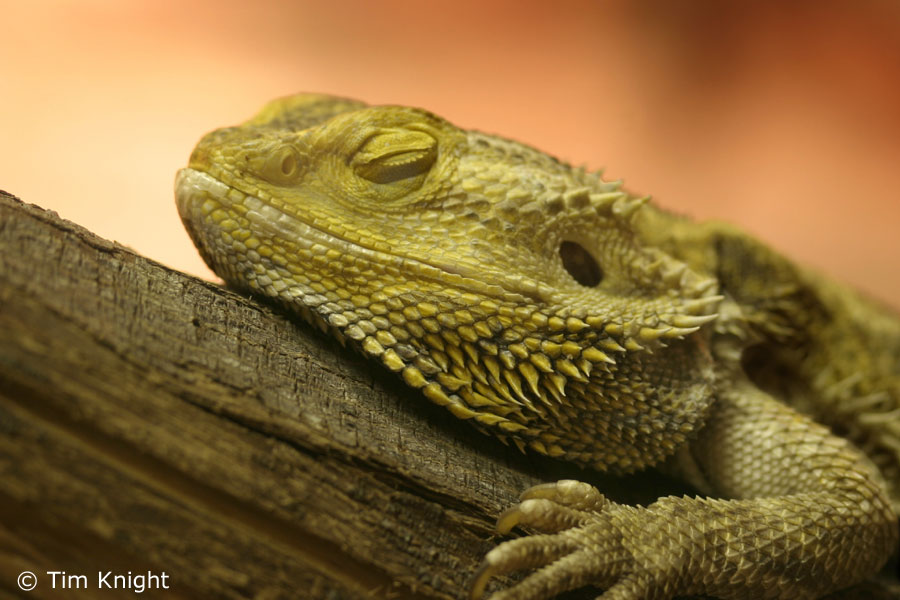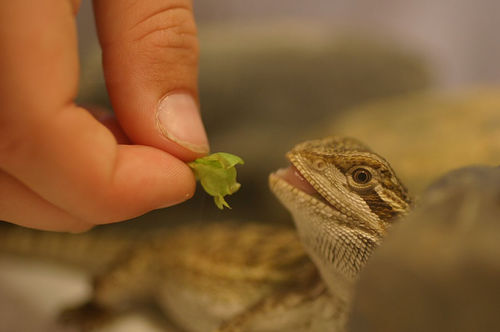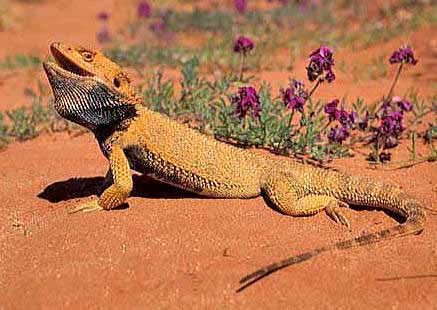Why Has My Bearded Dragon Turned Black? Understanding Color Changes in Your Pet
Why Is My Bearded Dragon Turning Black? Understanding Your Pet’s Color Changes

Bearded dragons are popular pets for their gentle personality and easy care. However, as a beginner pet owner, you may be concerned if you notice changes in your bearded dragon’s color. One of the most common and alarming changes is when your pet turns black. In this post, we will explore why your bearded dragon has turned black and what it means for their health.
What Does a Black Bearded Dragon Mean?
A bearded dragon turning black is a sign of stress, fear, or illness. Black coloration is a defensive mechanism that bearded dragons use to blend with their surroundings and protect themselves from predators. In captivity, these animals can feel threatened by their environment, handling, or even the presence of another bearded dragon in the same habitat.
Common Reasons for Bearded Dragons Turning Black
1. Temperature and Lighting Issues
Bearded dragons require a specific temperature range (between 95-105°F during the day and 70-75°F at night) and UVB lighting to maintain their health and metabolism. If the temperature or lighting in their habitat is too low, your bearded dragon will become sluggish, cold, and darker in color. In contrast, if the temperature or lighting is too high, they can become stressed, agitated, and darker as well.
2. Environmental Stress

Bearded dragons can experience stress from several environmental factors, such as loud noises, vibrations, strong smells, and sudden movements. If your bearded dragon turns black when you pick them up, it is likely that they are feeling anxious or threatened by your touch, especially if you handle them roughly or without support. Try to be gentle and calm when interacting with your pet and create a quiet, comfortable habitat for them to live in.
3. Illness or Injury
If your bearded dragon’s black coloration is accompanied by other signs of illness or injury, such as lack of appetite, lethargy, diarrhea, respiratory issues, or scale discoloration, it is crucial to seek veterinary attention promptly. Black color can be a symptom of skin infections, internal organ failure, metabolic bone disease, or other health issues that require proper diagnosis and treatment.
How to Prevent Your Bearded Dragon from Turning Black
The best way to avoid your bearded dragon turning black is to provide them with optimal care, nutrition, and safety. Here are some tips that can help:
1. Customize Your Habitat

Make sure that your bearded dragon’s terrarium or tank meets their specific needs in terms of size, substrate, décor, temperature, and lighting. Provide them with hiding spots, climbing structures, and basking areas to enhance their physical and mental stimulation. Choose the appropriate substrate that is safe, absorbent, and easy to clean. Follow a regular cleaning and disinfection routine to prevent bacterial buildup and foul odors.
2. Feed a Balanced Diet

Bearded dragons are omnivores that require a diverse diet of insects, vegetables, and fruits. Offer them a variety of prey items like crickets, mealworms, roaches, and waxworms as a protein source. Choose fresh greens and fruits like kale, collard greens, sweet potatoes, carrots, berries, and melons as a source of vitamins and minerals. Avoid feeding your bearded dragon too much dairy, grains, citruses, or high-fat foods, as they can cause digestive problems and metabolic disorders.
3. Monitor Their Health

Take note of your bearded dragon’s behavior, appetite, hydration, and feces. Look out for any signs of illness or infection, such as vomiting, lethargy, seizures, swelling, discharge, or lesions. Take your pet to the vet for regular check-ups and vaccinations, and for prompt treatment of any health issues. Keep a record of your bearded dragon’s weight, temperature, and behavior to detect any changes early on.
Conclusion
A bearded dragon turned black is not something to take lightly as a pet owner. It can signal various health concerns, including stress, environmental factors, and underlying illnesses. By recognizing why your bearded dragon is turning black, as well as how to prevent it from happening, you can ensure that your pet is in optimal health and happiness. Remember to provide your bearded dragon with a comfortable and safe habitat, a balanced diet, and proper veterinary care, and enjoy the companionship of your beautiful and fascinating pet.
